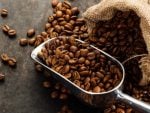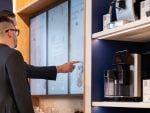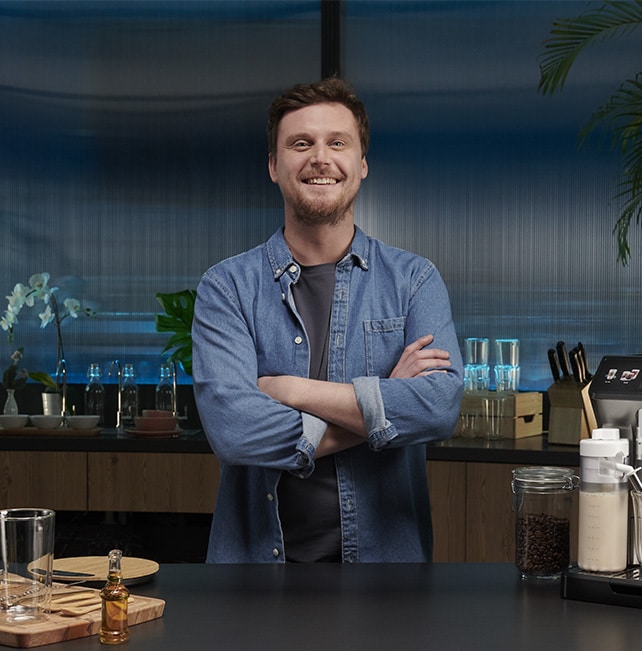Setting the stage for the perfect cup of espresso
What are the secrets to making a good espresso?
First, it’s fundamental to buy high quality, freshly roasted coffee and then grind them just before brewing. The roaster must be able to clearly state the composition of the blend, the origin, the roasting profile and the quality of his or her products should be extremely constant.
Second, buy the highest quality espresso equipment, starting with a flat-coffee grinder all the way up to an espresso machine with high thermal stability. There are many ways to prepare an espresso, some better than others, but the highest quality equipment will always deliver the best results in your cup.
Third, serve the coffee at the correct temperature. Three simple steps for the perfect espresso.
Extraction variables
A good cup of coffee is affected by many factors, one of which is the cleanliness of the coffee machine. Any built-up oils and grime can taint the flavour of the coffee, making it taste and bitter.
In short: great coffee is made by great machines, so it’s wise to keep them clean at all times.
It is also advisable to periodically:
- regenerate the water softeners or replace the filter cartridges within the times specified in the instruction manual, to avoid the formation of limescale deposits that reduce the efficiency and heat of the espresso machine;
- grind the coffee moments before use, considering that 60% of the aromas vanish in the first fifteen minutes after grinding the beans;
- calibrate the grinding settings several times a day to keep the coffee dose constant and ensure a constant relationship between the brewing time and the quantity of beverage dispensed in the cup;
- ask your trusted coffee expert about the origin of the beans and the composition of the blend.
In short: great coffee is made by great machines, so it's wise to keep them clean at all times.
Coffee temperature and type of cup
The coffee isn’t the only element in the perfect espresso. The cup also has a noticeable influence on the sensorial quality of the drink, not only because of its shape, but also its ability to maintain the perfect temperature.
The same coffee at different temperatures tastes completely different so temperature control is essential. The ideal coffee cup should have an inverted and truncated cone shape with an egg-shaped or curved bottom to facilitate the creation of noticeable streaks on the cream.
Ideally, the temperature of the internal surface of the cup must be around 45°C to allow the drink to be tasted at a temperature of about 65°C.
Coffee culture




















